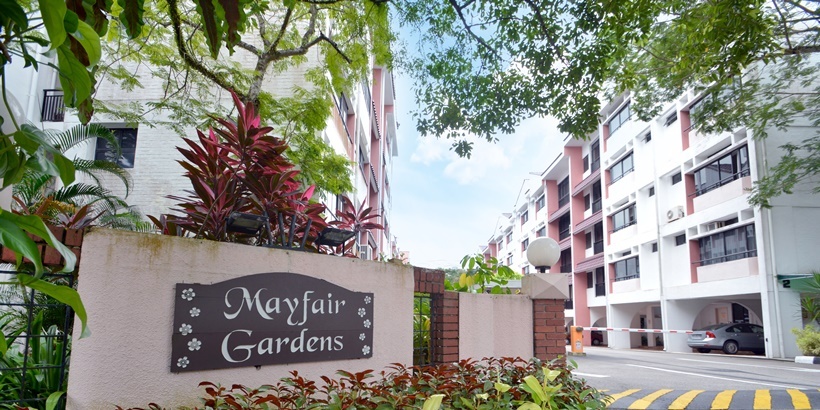
Previously this year, New York State developed a brownfield redevelopment plan. Shortly thereafter, the Iowa State Senate passed a comparable costs establishing a redevelopment tax program for brownfield and greyfield sites in that state.
The U.S. Epa specifies a brownfield website as "real estate, the expansion, redevelopment, or reuse of which may be complicated by the existence or possible existence of a hazardous substance, pollutant, or pollutant." A brownfield website is normally the previous location of a chemical plant or production facility that made or used potentially harmful compounds like industrial cleaning products or fertilizer. Though a facility may have been abandoned for many years, hazardous chemicals might still exist in the center itself and the ground on which it sits. The cost of cleaning brownfield sites can be so high as to prevent them from being developed at all. As a result, the harmful contaminants stay in the environment, presenting health dangers while the deserted home all at once prevents the area's economic development.
The redevelopment of greyfields usually costs less since there are no hazardous pollutants to dispose of. In addition, the existing infrastructure (including pipes and electrical circuitry) can really decrease the cost of development.
A revitalization strategy launched by the U.S. Department of Housing and Urban Development (HUD) in 2005 suggested greyfields as feasible development chances because of their often-close proximity to primary traffic arteries and public meeting place like sports complexes.
In 2002, President Bush signed into law the Small Business Liability Relief and Brownfields Revitalization Act, which allocated more financing for the clean-up and development of brownfield websites. Because greyfields posture no genuine environmental or health hazards, there is little federal financing assigned specifically for their development.
Iowa's recently passed legislation allows the state's Department of Economic Development to apply up to $5 million of its designated redevelopment tax credits for both brownfield and greyfield sites. A minimum 24 percent credit is readily available for brownfield sites, and is increased to 30 percent for green advancements. With this new law in location, more money is now offered for investors and contractors willing to check out development possibilities on property deemed brownfield or greyfield.
Legislators hope the new provision provides reward for developers to utilize old commercial sites and uninhabited malls, which are plentiful, instead of looking for to build on previously unused land. Other states are thinking about similar legislation as they search for imaginative ways to motivate development while keep expenses as low as possible.
Soon afterwards, the Iowa State Senate passed a similar expense developing a redevelopment tax program for brownfield Former Mayfair Gardens and greyfield sites in that state.
Iowa's recently passed legislation makes it possible for the state's Department of Economic Development to apply up to $5 million of its assigned redevelopment tax credits for both brownfield and greyfield websites. A minimum 24 percent credit is available for brownfield websites, and is increased to 30 percent for green advancements. With this new law in place, more loan is now available for contractors and financiers ready to explore development possibilities on residential or commercial property deemed brownfield or greyfield.